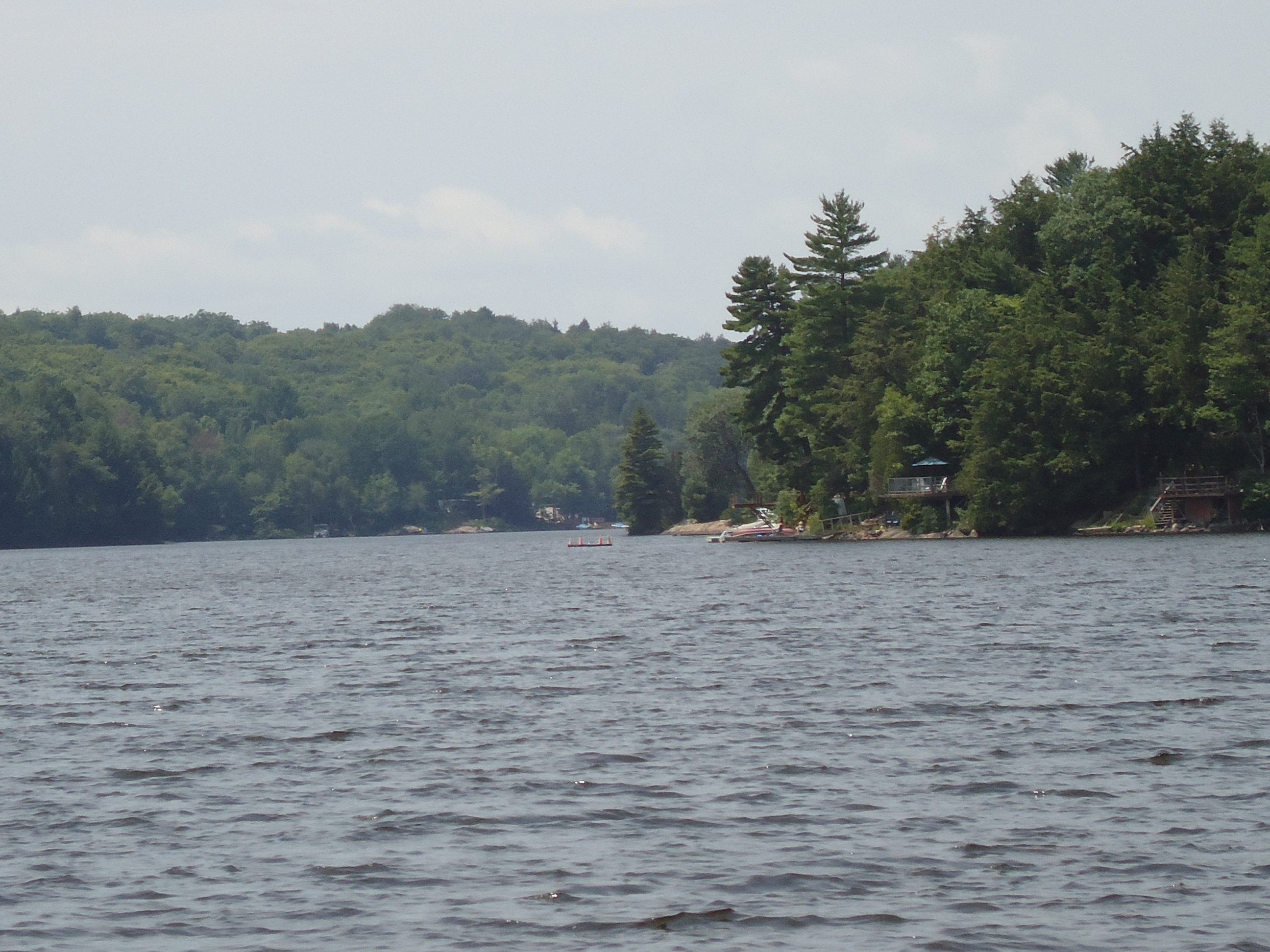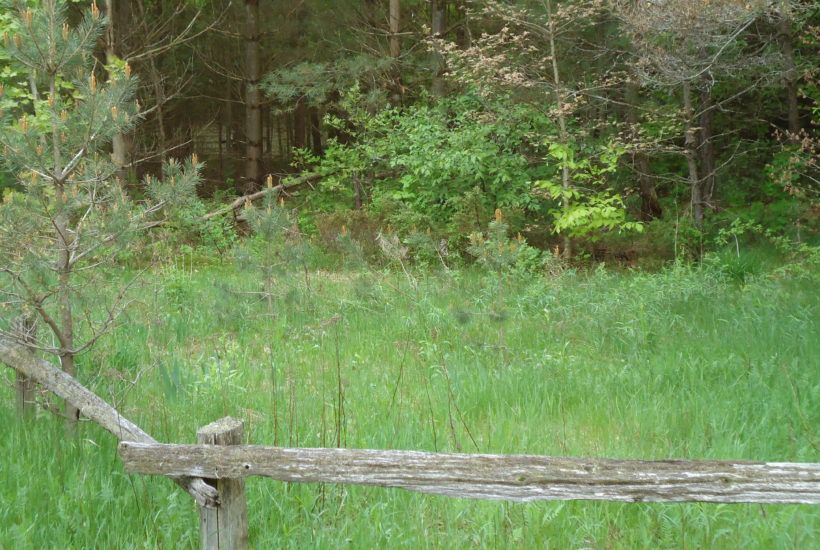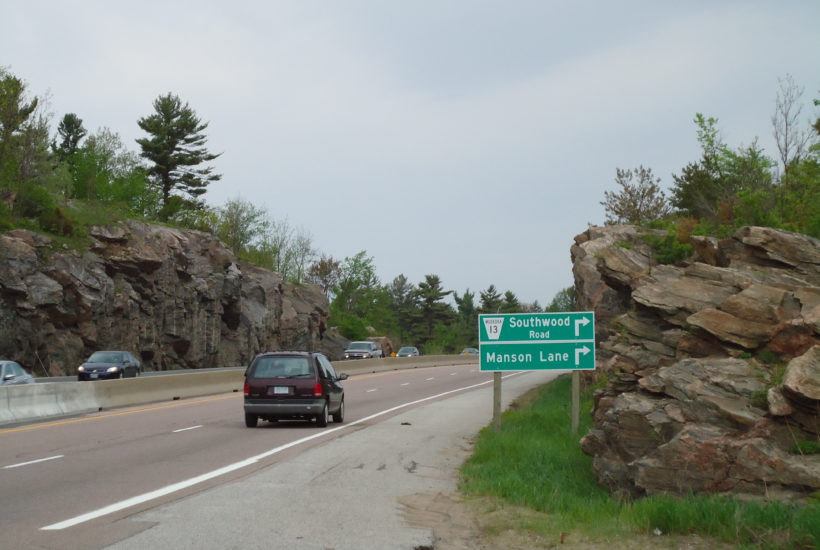BOOK WRITING 101: How To Make Progress Even When…
I arrived in Muskoka a week ago with a goal: to do what Charlotte Gray calls “walking around research” for the next two chapters I need to write. This means exploring resources that can only be found locally, interviewing local people who know the Muskoka Road and Muskoka history, combing through unpublished manuscripts in small-town libraries and driving parts of the road.
While travelling to Muskoka I lost my voice (and it stayed lost for five days.) I developed a deep, barking cough and felt my energy collapse like a snow-cone in this Ontario heat wave. I think I picked up a bug on an Air Canada flight just days before I left for Muskoka.
So much for interviewing people. So much for energy and focus. So much for working during the week and enjoying the weekend with friends and family at the cottage. Yesterday – the first day my energy felt normal, my voice was nearly recovered and, thanks to constantly drinking cough suppressant, I could allow myself to go out in public – I came up with a new plan. I’ve looked at my original goal, looked at my time remaining (five days) and divided the specific things I wanted to do into “Must Do” and “To Do Next Time” lists.
Must Do:
- Get to Parry Sound District and at least visit two of the small communities that used to be on the road: Emsdale and Burk’s Falls. Find their local libraries and see if there is any primary source material there: family histories, memoirs, diaries that relate anyone’s direct experience with the road or homesteading on the road.
- Arrange to meet the people in Muskoka who I’ve previously emailed or phoned and who have information to share that can help me.
To Do Next Time
- Everything else that was on the list: all the other towns in Parry Sound District, all the other libraries and historical sites, all the driving of the road.
OK, maybe the original list was a bit ambitious for a two-week timeframe. That would be typical of me. Maybe I have to spend more of August in Muskoka than I planned. And maybe September too.
Well, I can think of worse consequences from a summer cold.
At least I had this to look at while recuperating:



